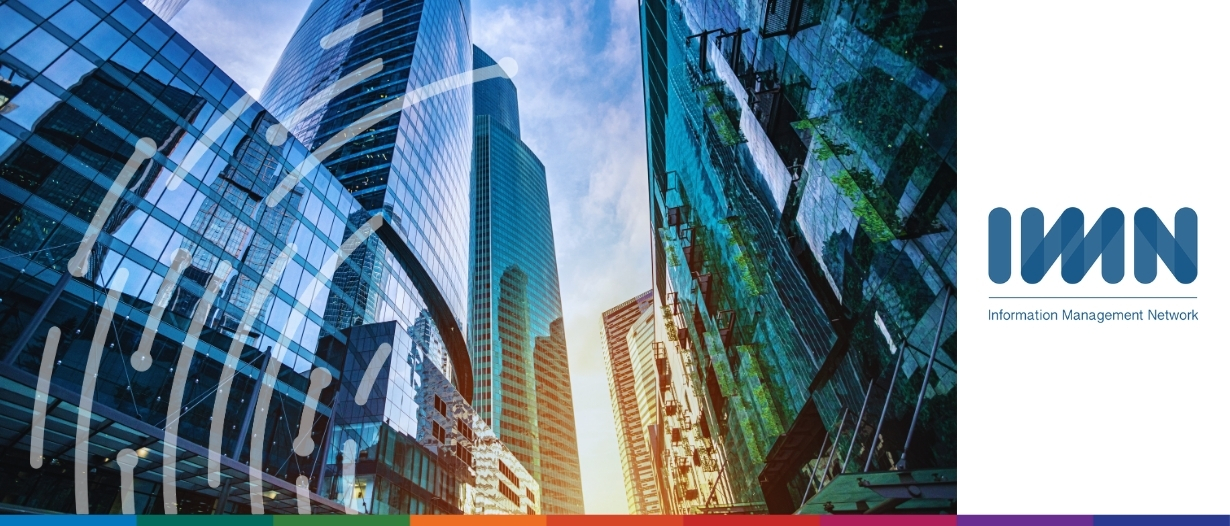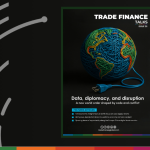Event Details
IMN’s Virtual Investors’ Conference on Trade Receivables, taking place on December 10, will provide a platform for investors, lenders and many more to understand the current trends and inner workings of the quickly evolving Trade Receivables sector. Attendees will also enjoy three weeks of pre- and post-event networking opportunities with likeminded peers.
Where: Virtual
When: 10th December, 2020
The role of trade finance in an increasingly globalized world is vast and complex, and trade receivables as an asset class is becoming ever more attractive and accessible to institutional and structured product investors due to its short durations, consistent returns, diversified portfolios, high origination volume and strong credit qualities. Is now the time to double down on this strong yielding asset class in the era of the ‘new normal’?
By bringing together all major players in the Trade Receivables market, the conference looks to discuss current market dynamics and innovations, program performance, key regulatory and legal considerations, technological advancement, and much more.
Conference Highlights
Status Check on Trade Finance – Market Overview Panel
- How has the industry faired through key stages of the pandemic and disruptions to the supply chain? How are programs currently performing?
- Transaction volumes, government support schemes and intervention, geographic/sectoral overview, and changes to structural features i.e. amortization triggers, first-loss, payment terms, obligor default and chapter 11 filings etc.
- What has been the impact of key political issues i.e. US/China trade tensions, Brexit.
- How is the asset base growing or shrinking? What does the geographical and industrial split look?
- Core and emerging markets, and new originators – Where is the growth going to come from in the next 2 years?
Assets & Liabilities: Review of the Trade Product Spectrum
- Review of various Trade Finance Solutions
- Trade Receivables vs other trade products e.g. Factoring – and the reasons behind investing through these products
- What are the key considerations and motivations for new and existing investors in the TR space? And what has caused the current surge of Private Equity and Insurers entering the TR market?
- What is the role of MRPA’s and Credit Insurance in Trade Receivables?
- Public vs Private Issuance – How can we assess the true size of the Receivables market?
- Benefits of receivables finance via the ABS market: lower cost of funding, exposure to the receivables instead of the underlying corporate credit and high asset turnover coupled with strong performance
Mapping Trade Receivables: Regulatory & Legal Framing – STS and other Critical Developments
- Given the global nature of TR portfolios, what countries do and don’t work? And what issues does this present for legal and structuring teams?
- How critical is STS in the development of this market? Has STS delivered as expected? And is the additional reporting burden worth it?
- Is transaction pricing too overly dependent on this label, and does this stifle European banks competitive edge on the global market?
- Regulator reactions to the first stage STS reports from September/October
- What other key regulatory developments are shaping market decision making? I.e. Basel RWA & capital floors, Insolvency2, CRR, concentration limits, capital controls etc.
- What are the accounting and Ratings Agency treatment considerations on Trade Receivable portfolios? E.g. RA’s factoring in off-balance sheet debt.
- What regulatory considerations are there among traditional vs. non-bank lending regulatory oversight, ability for balance sheet optimizations and SRT
Innovation and Technology & Trade Receivable Financing Strategies
- How is technological innovation driving and impacting existing programs?
- Who are the new fintech/alternative finance entrants and what impact are they having on the sector? How are they working alongside banks and fund managers?
- What role are digital platforms taking in the funding process? Are Alternative financiers such as tech platforms as originators the key to SME funding and recovery?
- Is technology making trade receivables and SCF more accessible to small companies where traditional banks would be more risk averse?
- Exploring the expanding role of Conduits – How is this alternative bank product supporting the real economy?
- How important is ESG in Trade Receivables? How can FinTech’s and alternative finance providers help improve ESG in trade receivables and supply chain finance?
Financing the Supply Chain: Reverse Factoring
- How important is trade receivables to overall supply chain financing, and how are SCF programs utilizing TR debt to power Covid recovery and growth?
- An Update on New Supply Chain Finance Programs – Do they provide a win-win scenario for all involved parties?
- What role does credit insurance and MRPA’s play in the transactions?
- What role to DMCs play in SCF and funding for SMEs and emerging markets?
- Is reverse factoring riskier than its traditional counterpart? What are the main factors to consider here? E.g. Liquidity concerns, leverage ratios etc. Is there a business benefit to engaging in RF along the banks supply chain?
- What are the key rating drivers in SCF programs? i.e. Obligor Defaults, Sector Exposure, Credit & Collection Polices, amortization triggers, and yield reserves.
- What are the accounting and financial disclosure requirements? And how do the ambiguities surrounding this factor in to this products risk profile?
- UK and US considerations – what are FCA/FASB & SEC saying about RF?
Photos & Gallery

Related Content
Podcast: FCI – Views from the Board, Factoring and Receivables View →
Podcast – GSCFF Commentary – The misuse of payables finance (S1, E49) View →
SME Crisis Playbook: Generating cash with trade receivables finance View →
SCHUMANN Interview: Robert Meters – Rethinking Credit Risk Management in 2020 and Beyond View →
































